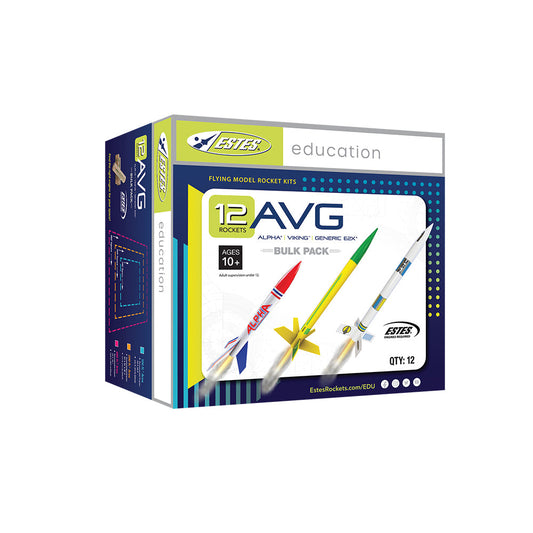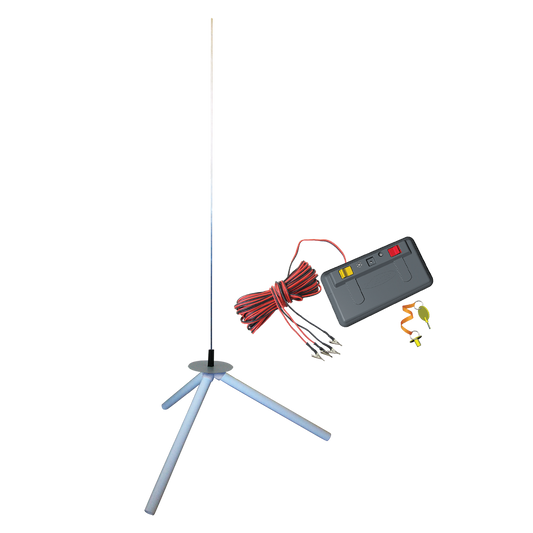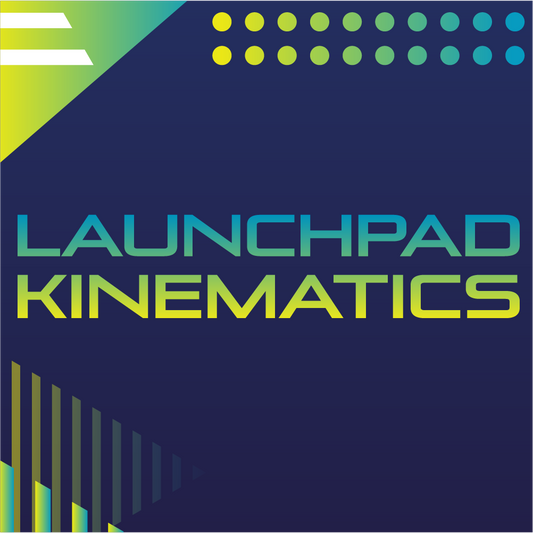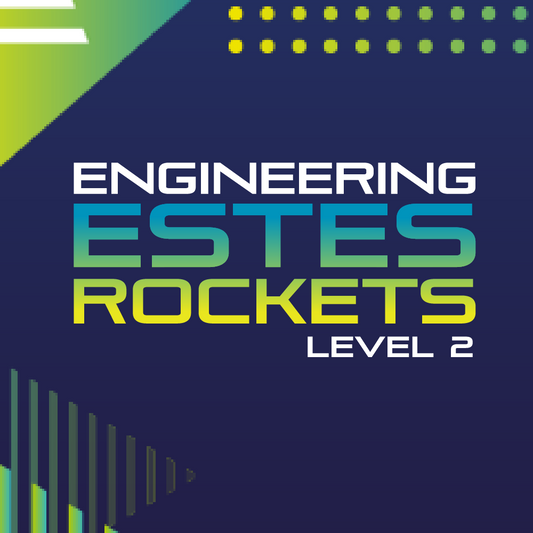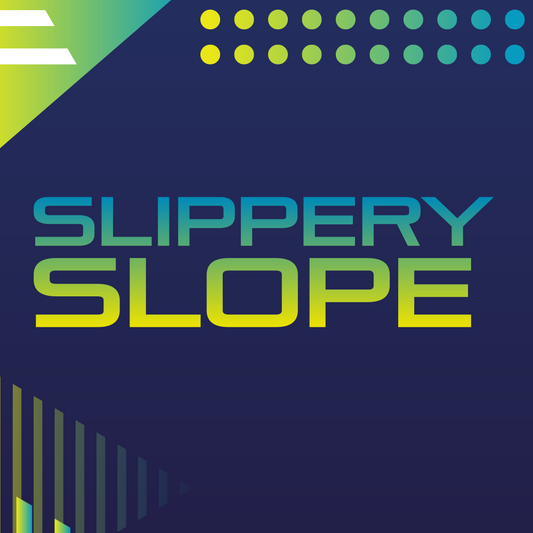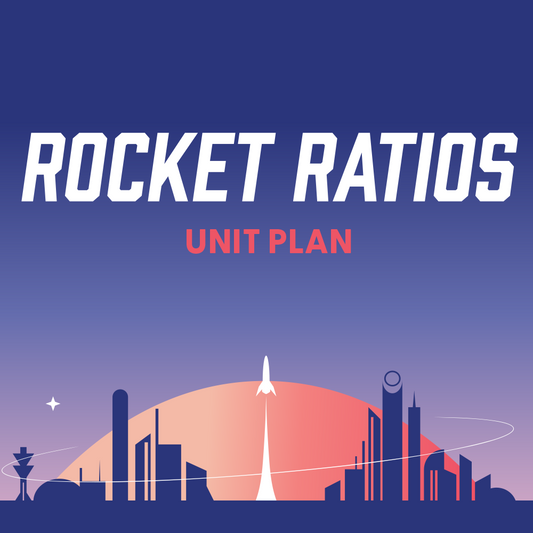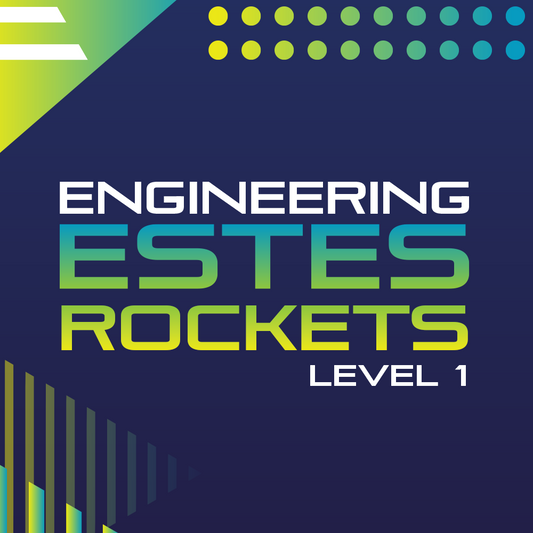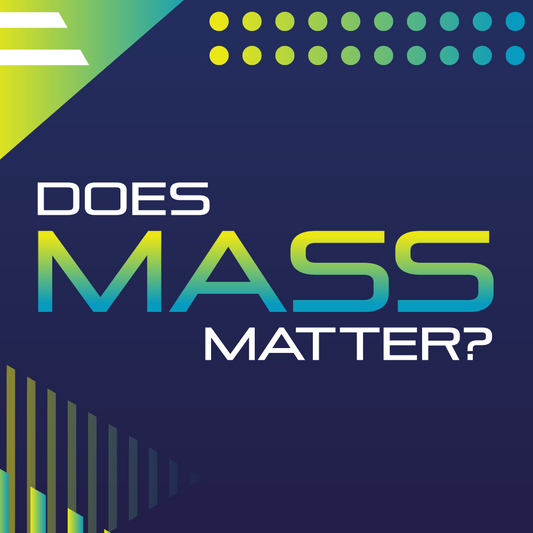CHEMICAL REACTION
A reaction in which the reactants rearrange and bond together differently to form new products.
CLOSED SYSTEM
A system in which nothing enters or leaves.
COMBUSTION
A chemical reaction which includes oxygen and produces heat and light.
DELAY CHARGE
The timed delay prior to the ejection charge which allows the rocket to coast to apogee and produces a stream of smoke to allow for easier tracking of the rocket in the sky.
EJECTION CHARGE
Creates pressure in the rocket’s body tube that causes the recovery system to deploy.
OPEN SYSTEM
A system in which matter and energy can be exchanged with the surrounding environment.
PHYSICAL CHANGE
A change in which the form of a substance changes, but it is not chemically altered.
PRECIPITATE
A solid formed when two solutions are mixed.
PRODUCT
Something created from a chemical reaction.
PROPELLANT
A fuel that creates thrust and causes something to move forward.
REACTANT
A substance that undergoes a change during a chemical reaction.
QUALITATIVE OBSERVATION
Data from the five senses (sight, smell, touch, taste, and hearing); subjective.
QUANTITATIVE OBSERVATION
The collection of data-based numerical values; objective.


